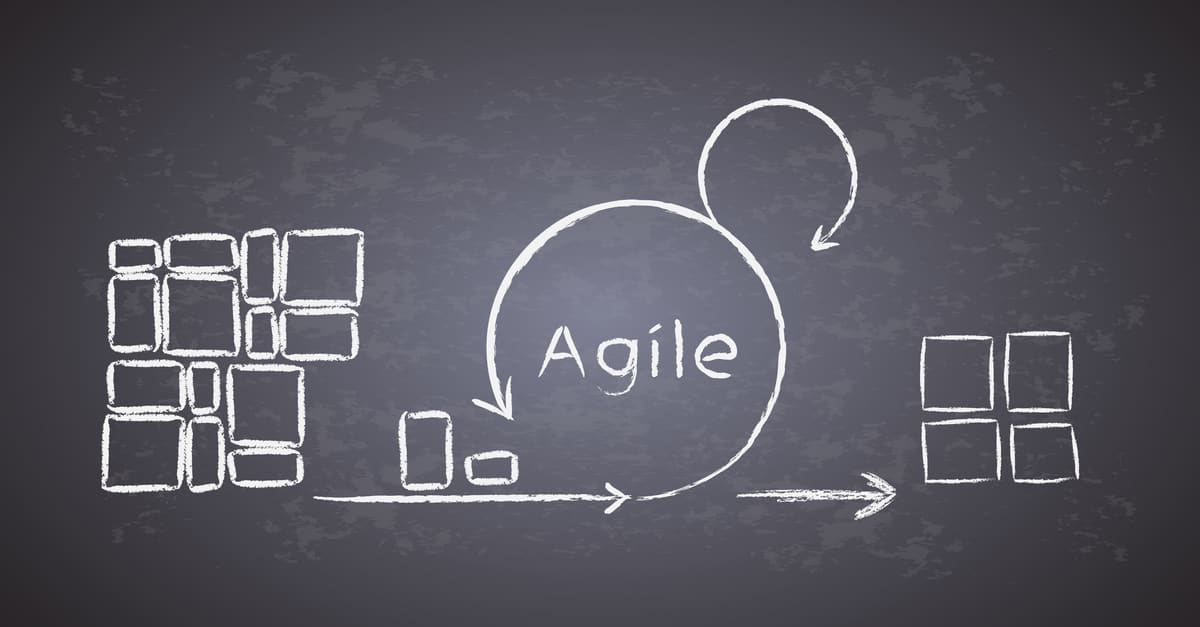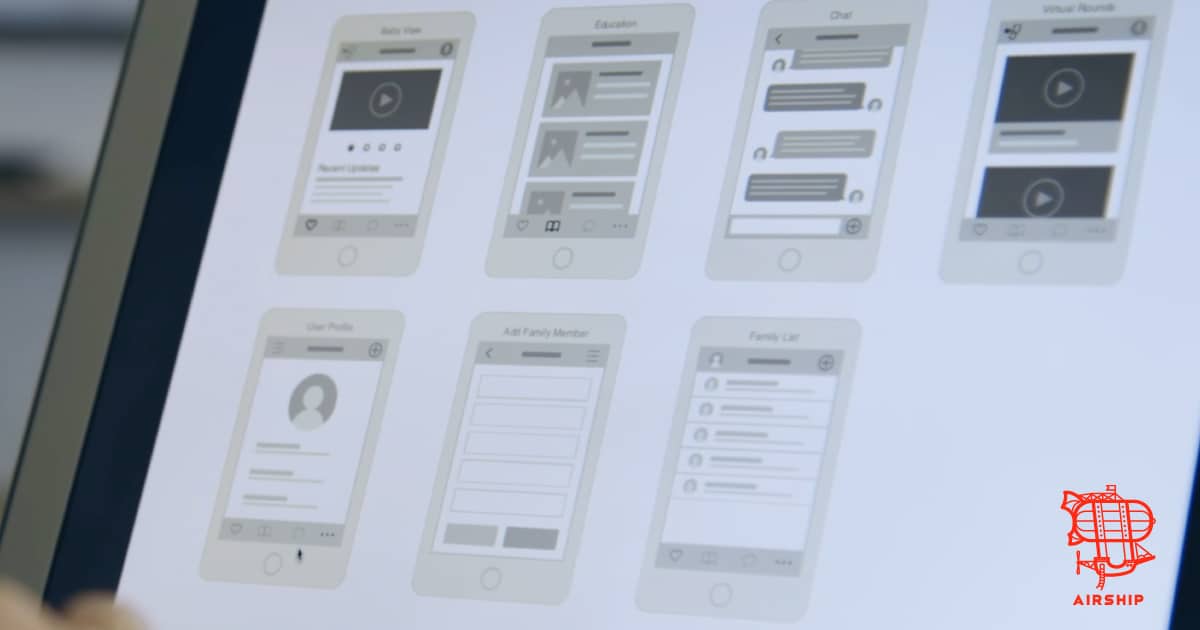If you’re familiar with the software world, you’ve probably heard about agile development. Many teams and software companies are adopting this method and leveraging agile principles to get their projects done. Almost 86% of software developers use agile in their work.
You might be wondering: what’s special about this methodology? What makes it different from other common software development methods? We’re here to answer your questions. In this post, you’ll learn about what agile software development is and how it can help you get the best results for your project.
Agile is a framework for building and delivering software that emphasizes adaptability, collaboration, and continuous improvement.Instead of rigid planning, Agile teams prioritize iterative progress, releasing functional increments, collecting feedback, and refining constantly.
In 2026, Agile isn’t just about Scrum or Kanban boards—it’s an ecosystem that merges:
- AI-driven planning tools (like Jira AI and Monday.dev Copilot)
- Predictive analytics for sprint health
- Nearshore distributed teams collaborating in real-time
- DevOps + Agile fusion, ensuring continuous delivery and automation
Agile isn’t a buzzword anymore, it’s the operating system of modern software development.
A Quick History: From Manifesto to Machine Learning
The term “Agile” was coined in 2001 when 17 software practitioners met in Utah to establish the Agile Manifesto; a declaration that still defines modern development.
THE AGILE MANIFESTO
- Individuals and interactions over processes and tools
- Working software over comprehensive documentation
- Customer collaboration over contract negotiation
- Responding to change over following a plan
Fast forward to 2026, and those values remain, but the execution has evolved.
Agile now integrates AI assistants, predictive sprints, and automated retrospectives that help teams move from reactive to proactive improvement.
The Agile Development Lifecycle (2026 Edition)
| Phase | Goal | Modern Tools & Trends |
| Concept | Identify business goals and outcomes | AI-assisted ideation tools (Notion AI, FigJam, Miro) |
| Planning | Define MVP, scope, and backlog | Jira AI, ClickUp predictive sprint planning |
| Iteration | Build, test, and refine product increments | GitHub Copilot, automated testing pipelines |
| Release | Deploy functional builds and collect feedback | DevOps CI/CD, A/B testing, feature flags |
| Production | Launch at scale with reliability | AWS, Azure, Kubernetes, observability tools |
| Continuous Improvement | Monitor, analyze, and evolve | Hotjar, FullStory, data analytics + AI retrospectives |
This process isn’t linear, it’s cyclical. Every iteration feeds insight back into the next one, creating continuous learning loops.
Why is agile software development popular?
Agile software development has quickly gained popularity because it often leads to a better final product when compared to other development methods. In fact, data shows that agile projects are 28% more successful than traditional projects. Traditional methods, such as Waterfall, follow an extremely linear process with little to no feedback during development.
All requirements are defined upfront, and you don’t see the results until the system is built. Issues may not be discovered until months into the development process, and changes in requirements during development may lead to extensive delays.
In contrast, agile software development provides value on all kinds of projects. It’s much more flexible and it allows customers to have more insight into the development process while it’s happening. This method ensures that the potential of your workforce is optimized and that the project is managed well from start to finish. Since there’s a continuous cycle of planning and feedback, the process is designed to help you meet your specific requirements.
It directly addresses the problem that companies and developers face when using traditional methods in software projects. It also promotes a collaborative environment that helps you keep everything on track with ease.
The agile software development flow
Now, let’s take a look at how the agile software development process works in practice. The agile software development flow can be broken down into six different phases. Here’s a look at what you can expect if you adopt the agile methodology for your project.
Concept
In this first stage, you brainstorm ideas for an upcoming project. What would you like to execute? What could you accomplish with a new software product?
Planning
Now, you start to develop the requirements for the project and identify the team members you need. This is also the time to evaluate your budget. During this time, the minimum viable product will be defined.
Iteration
Next, your team will work together to develop the software based on your requirements and make changes based on the feedback they receive. Changing business needs can be prioritized throughout this process to ensure the delivery of the best possible product. As the Agile Manifesto says, agile developers welcome changing requirements.
Release
Before a project releases, QA testing will take place. Then, the client can use the software and ensure that it meets all of their requirements and needs. This release may take place in a testing environment before moving to production.
Production
At this stage, the product is released. This may happen over several phases to incorporate changes and feedback. Then, the final product becomes available to the client and all users can access the software.
Ongoing support
Agile development often includes ongoing support and additional development cycles to take care of bug fixes or enhancements such as expansions or new features. On-going support may happen in cycles, where developers return to the iteration, release and production stages while making improvements.
Agile software development is the key to streamlining the development of your project and seeing it all the way through.
AI’s Role in the Agile Revolution
AI isn’t replacing Agile teams, it’s supercharging them.
Here’s how:
- Predictive sprint management: AI analyzes velocity and team performance to prevent bottlenecks.
- Automated QA: Tools like Testim or Applitools reduce manual testing time by 60%.
- AI retrospectives: Intelligent summaries identify what slowed teams down—and suggest improvements.
- Code generation: AI pair programmers like Copilot accelerate feature delivery.
- Data-driven decision-making: AI integrates with dashboards to track cost, risk, and ROI in real time.
As Gartner (2025) predicts, by 2026, over 70% of Agile software teams will use AI-powered assistants daily, a shift that’s transforming not just speed, but quality.
Why Nearshore Agile Teams Are Winning
Distributed, nearshore Agile models are now the global standard. Organizations that blend Agile with nearshore delivery enjoy:
- Real-time collaboration across shared time zones
- Cost-effective scaling without sacrificing expertise
- Access to specialized engineers aligned with company culture
- Increased visibility and transparency across projects
At unosquare, our Distributed Agile Framework connects 600+ engineers and 120+ teams across 2,000+ projects, providing unmatched agility, transparency, and speed.
Agile in Practice: The unosquare way
Our approach merges AI-powered insights, Agile discipline, and nearshore efficiency.
We help organizations build software faster, smarter, and with measurable ROI, whether it’s a new platform, modernization effort, or enterprise-scale transformation.
By integrating Centers of Excellence (CoEs) in AI, Data, Cloud, and Product Engineering, unosquare ensures that Agile delivery aligns with business strategy, not just timelines.
Want to get started with agile software development?
If you’re looking for support on your project with agile software development, Unosquare can help. Since inception, we understand the need for transparency, efficiency and more importantly, delivery. We not only have been laser-focused on finding the best talent in the world but also putting together a delivery management practice that is your eyes and ears within our organization. In a way that is fast, transparent, and efficient, we provide agile software development services and complementing talent for teams.
Whether you’re modernizing your software stack or scaling a nearshore delivery team, Agile, done right, keeps your business ahead of change.
At unosquare, agility isn’t a process. It’s a mindset.
Next starts here


